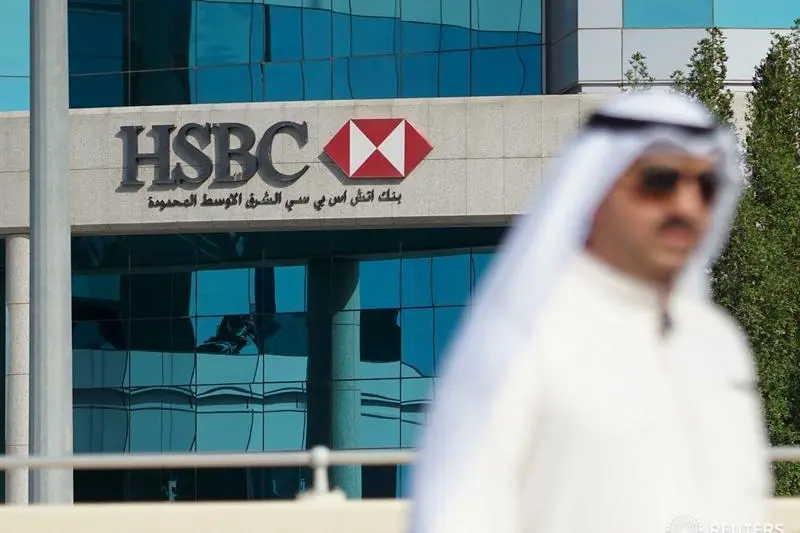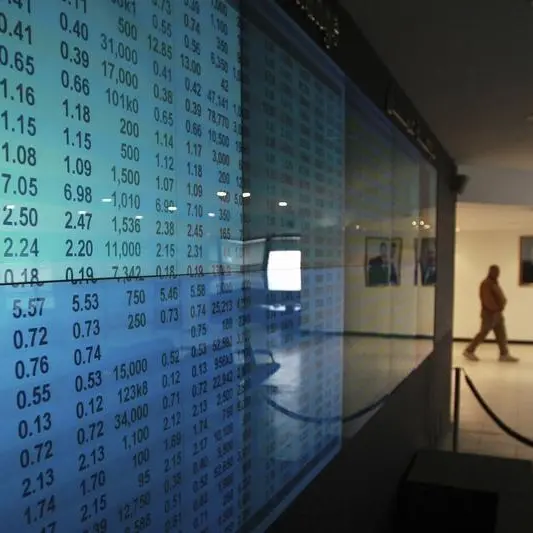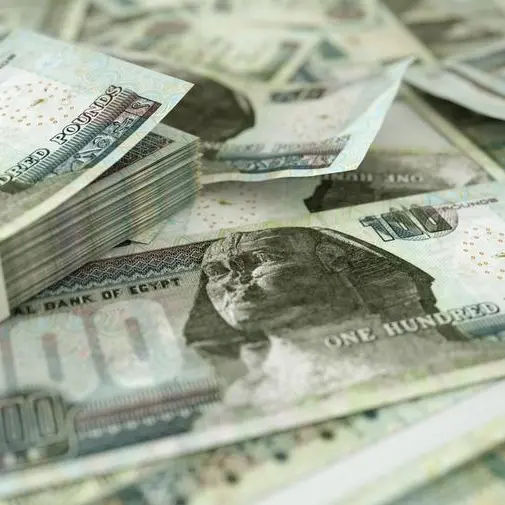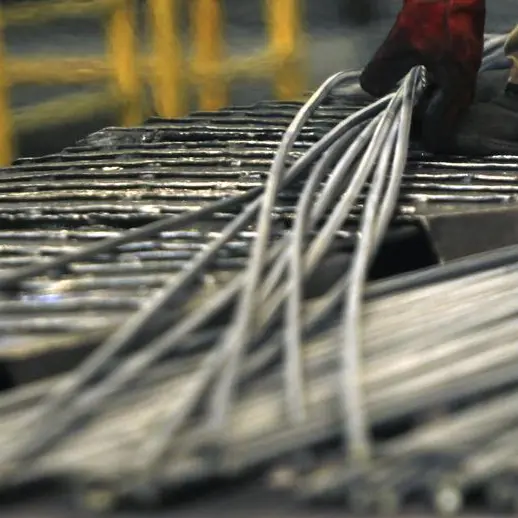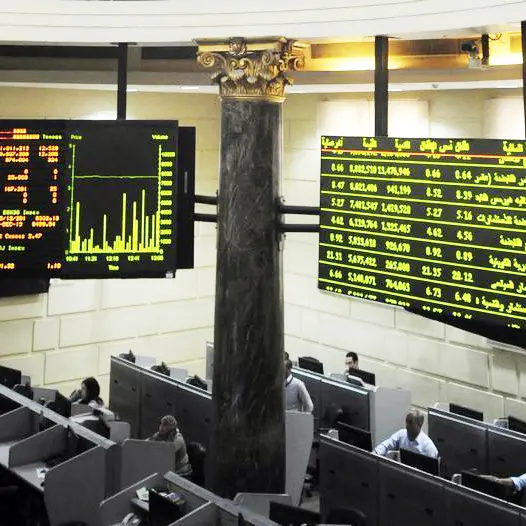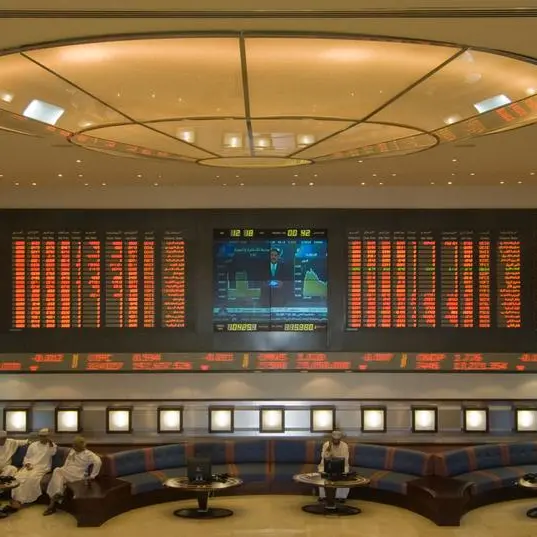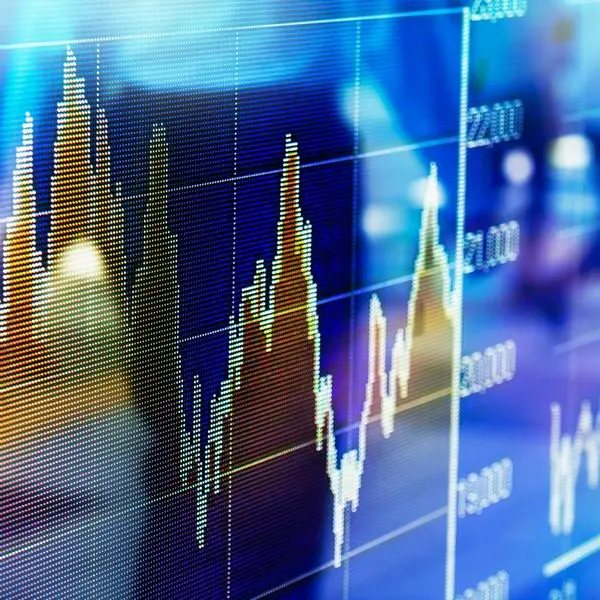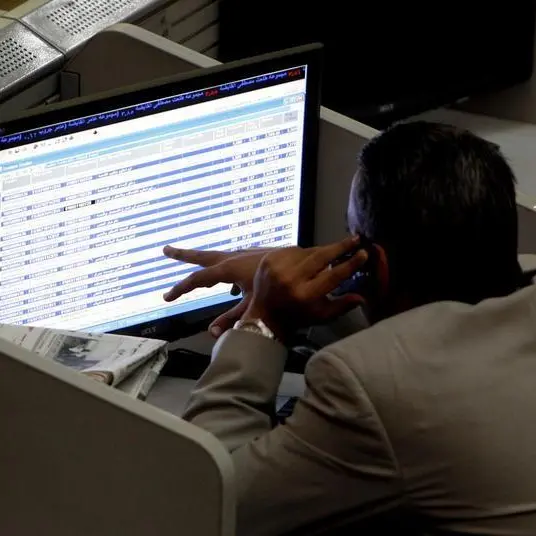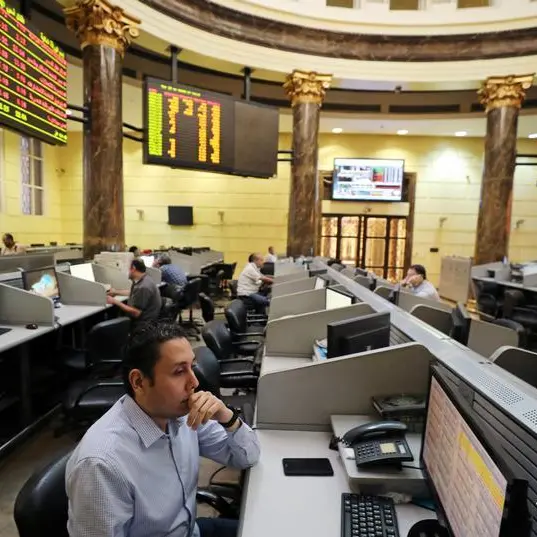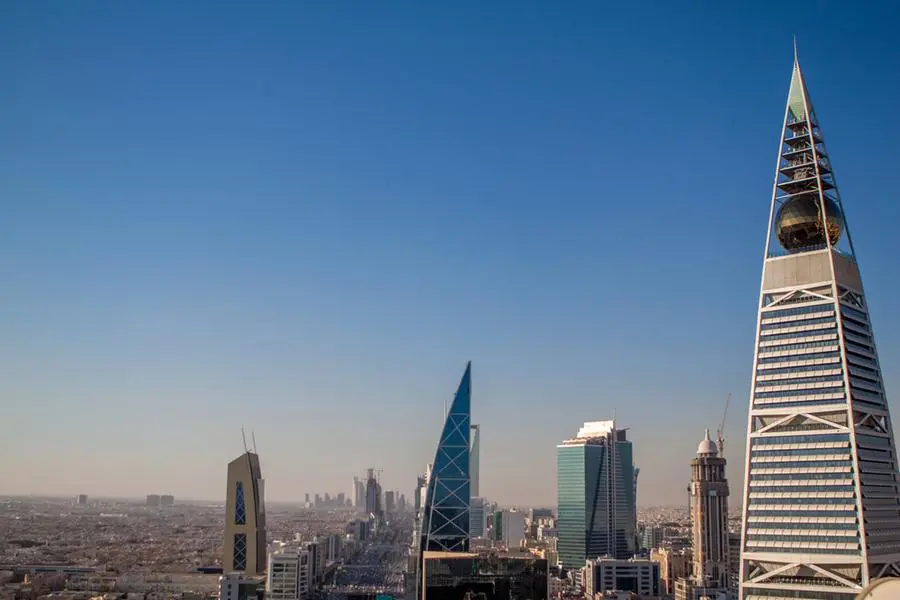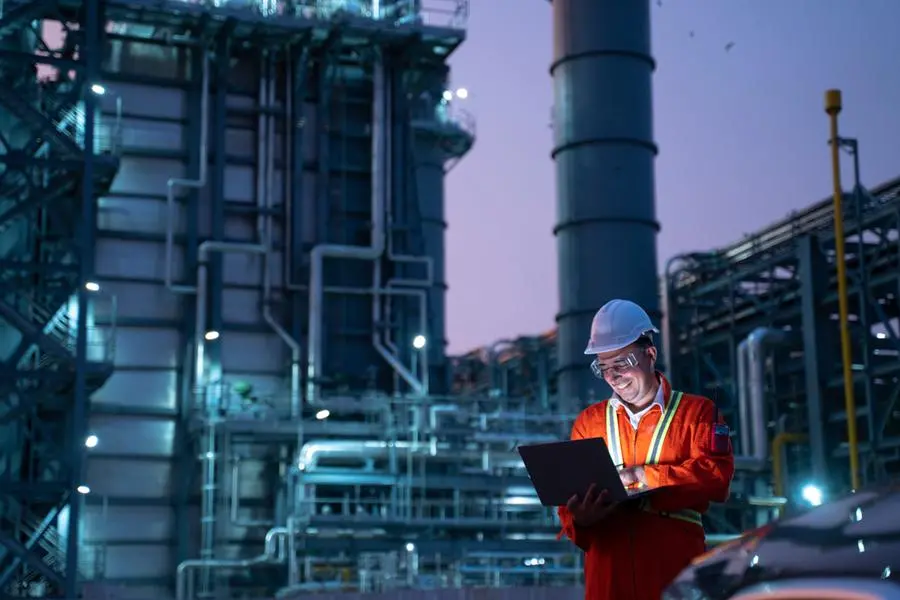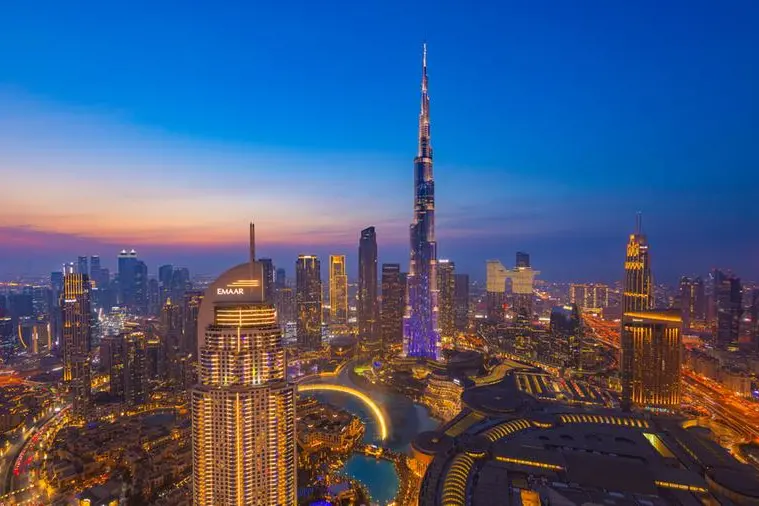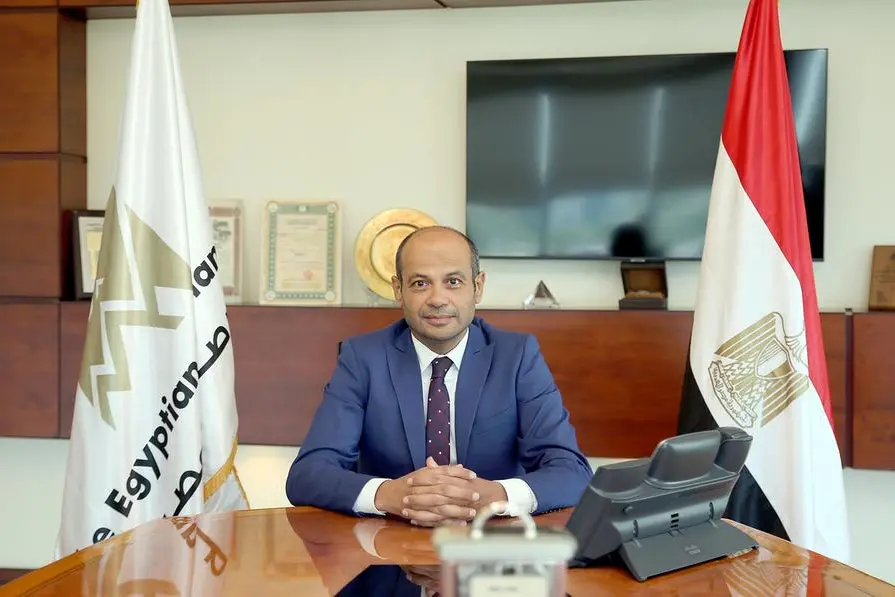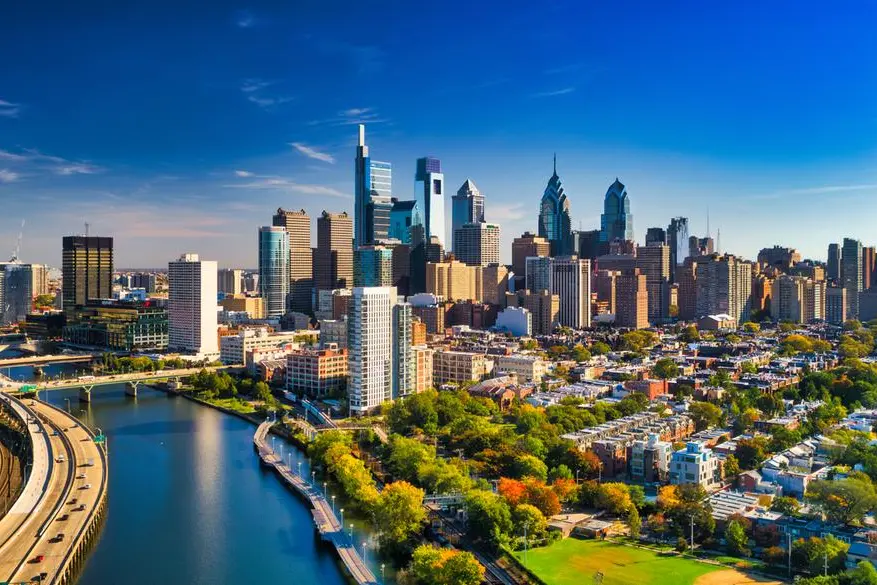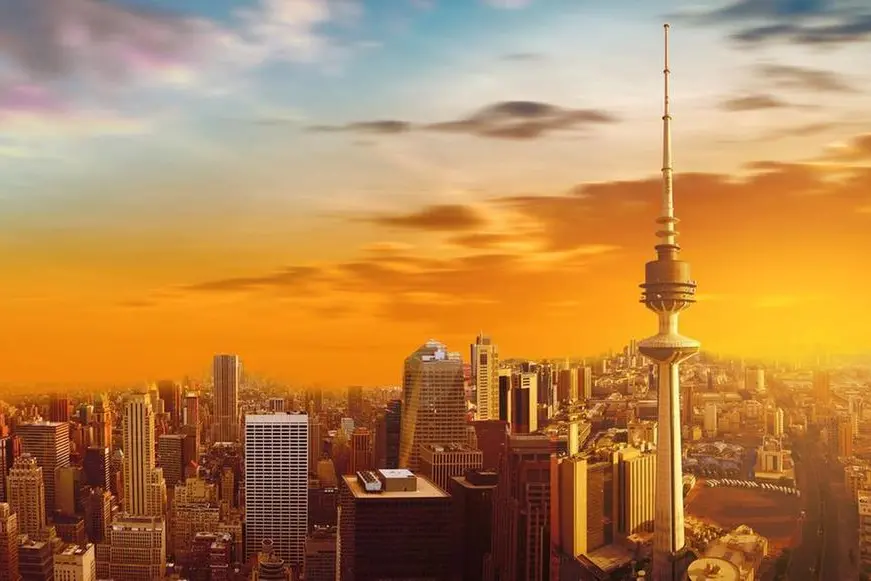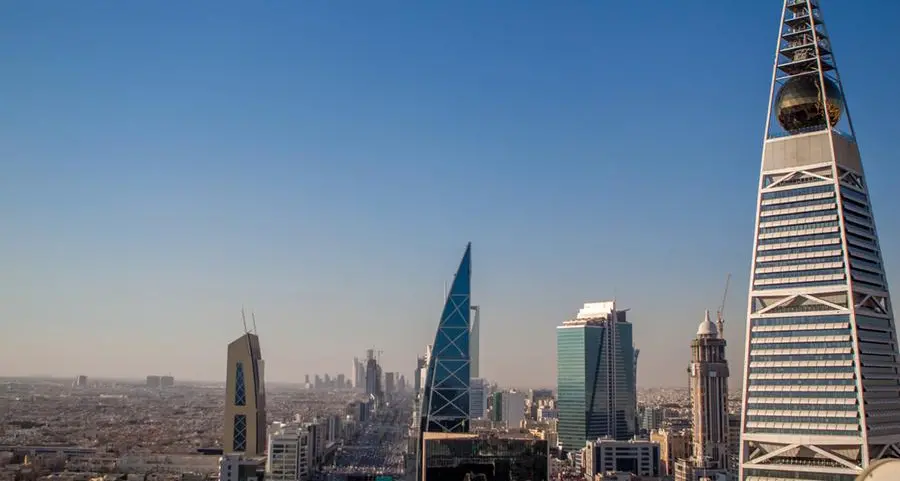PHOTO
A pedestrian walks in front of HSBC offices in Middle East. Image for illustrative purposes.
With Dubai announcing plans to kick awake its torpid stock exchange by having state-owned entities list some of their shares on the bourse, the flurry of initial public offering (IPO) activity in the region, monopolized by Abu Dhabi and Saudi Arabia last year, is set to continue in 2022.
HSBC’s Jon Connor, Regional Head of Advisory & Investment Banking Coverage, and Samer Deghaili, Regional Head of Capital Markets, spoke to Zawya about the IPO boom and the potential for global investors to back the Gulf growth story.
“Quite visibly the region is experiencing a big IPO boom, driven largely by governments bringing some of their crown jewels and prized assets to the public market,” said Deghaili
Saudi Arabia and Abu Dhabi exchanges witnessed hectic activity last year, with listings worth billions of dollars. Abu Dhabi’s state-owned giants hived off units, while Riyadh’s IPOs list was led by ACWA Power International, which raised $1.2 billion from investors, and the Tadawul group, which raised $1 billion. For 2022, the Tadawul stock exchange has already received 50 applications for IPOs.
Late last year, Dubai’s government announced plans to list 10 state-backed companies and set up a 2-billion-dirham ($545 million) market maker fund to boost trading activity. Emirates airline, the Dubai Electricity and Water Authority, and Salik (a road toll system) are a few of the entities expected to list some of their shares.
INVESTMENT THEMES
The good news for Dubai? Global investors seem to find the region attractive, the HSBC executives said. MENA economies, which appear to have survived the COVID-19 crisis and are now enjoying the benefit of higher oil prices and output, are likely to be attractive for international investors who are pivoting away even from mainstream European economies and the broader emerging markets to focus on the region and deploy substantial amounts of capital there.
“Many large emerging market funds and even the traditional asset managers today are focusing on Saudi Arabia and UAE stories, where, two or three years ago, they would not really be looking at this side of the world as they saw growth in Brazil or in China. Today, that growth is being delivered to them in our markets,” said Deghaili.
According to Connor, there are three broad themes that investors are looking for. One, is growth: businesses that have the potential to grow either organically or inorganically and to benefit from potential changes in regulation, competition, etc. The second is the equity stories that can exploit the changing consumer spending habits post-COVID-19. The third are those that focus on technology, “particularly disruptive technology.”
HSBC was the book-runner for eight of the regional deals last year, cumulatively worth $1.714 billion, or slightly over 11 percent of the total. It now expects to play a prominent role in bringing the Dubai companies to the public market.
However, the Dubai Financial Market, which has seen lackluster trading volumes in recent years, also had to contend with some prominent companies delisting in the last year. Additionally, the bourse has hosted only one IPO since 2018. Questions have therefore been raised about its attraction for companies amid stiff competition from other regional exchanges.
According to Deghaili, the key is to look at the composition and structure of the market overall. “If you look at the delistings and the potential new listings together, particularly on the DFM, we’re seeing the development of a more diversified market, with a more diversified investor base. The local and international capital flows show the clear appeal of that move forward,” he said.
The HSBC executives dismissed worries that higher valuations in the Gulf markets might dissuade potential investors.
“While it’s fair to say that regional exchanges are trading at higher valuations than some of the international markets, the valuations look ahead in terms of the growth potential of the region and the ambitious economic transformation plans that are driving the opportunity,” said Deghaili.
“It’s often wrong to be looking at valuations on a one-year-forward basis; given growth outlook and current COVID challenges, we look at two and three years out when we’re talking to investors,” added Connor.
OUTLOOK
For 2022, HSBC expects equity capital market activity to provide the greatest opportunity, perhaps exceeding that in 2021.
“Relatively, equity capital markets will continue to drive a lot of the opportunities in 2022, probably increasing from what we’ve seen in 2021,” said Connor.
Debt capital market activity in the MENA region hit a record high in 2020 at $140 billion issuances driven by jumbo sovereign issuances. At $122 billion issuances, 2021 had the second highest ever volumes for the region.
HSBC, which led the league tables in MENA bonds and sukuk issuances, with 91 deals worth a total of $17.25 billion last year, expects the trend to continue.
According to Deghaili, while sovereign issuances continued to comprise the bulk of regional issuances, the decline in volumes can largely be attributed to the robust economic recovery coupled with a rise in oil prices, lowering the funding requirements for the respective governments.
“While issuances in the 30-years maturity and above decreased as compared to last year, several sovereign issuers opted for offerings in the 40-year maturity, a testimony to investors’ conviction in the MENA credit. We expect the trend to continue going into 2022, specifically in the current low interest rate environment,” said Deghaili.
The expectation that the US Federal Reserve will raise interest rates this year too will drive debt capital market activity, as both sovereign and corporate entities look to tap the markets or renew while rates are still at lower levels.
Connor added that the trends in mergers and acquisitions (M&A) too is set to continue through 2022.
“What we’ve seen in 2021 has been less corporate takeover activity, and a lot more in terms of divestments, monetization and stake acquisitions, either in public or private enterprises. Divestment of equity interest in energy pipelines and storage in MENAT, and investments by the likes of Saudi Arabia’s PIF (Public Investment Fund) and other sovereign wealth funds domestically and internationally are some examples,” he said.
(Reporting by Brinda Darasha; editing by Seban Scaria)
Disclaimer: This article is provided for informational purposes only. The content does not provide tax, legal or investment advice or opinion regarding the suitability, value or profitability of any particular security, portfolio or investment strategy. Read our full disclaimer policy here.
© ZAWYA 2022
